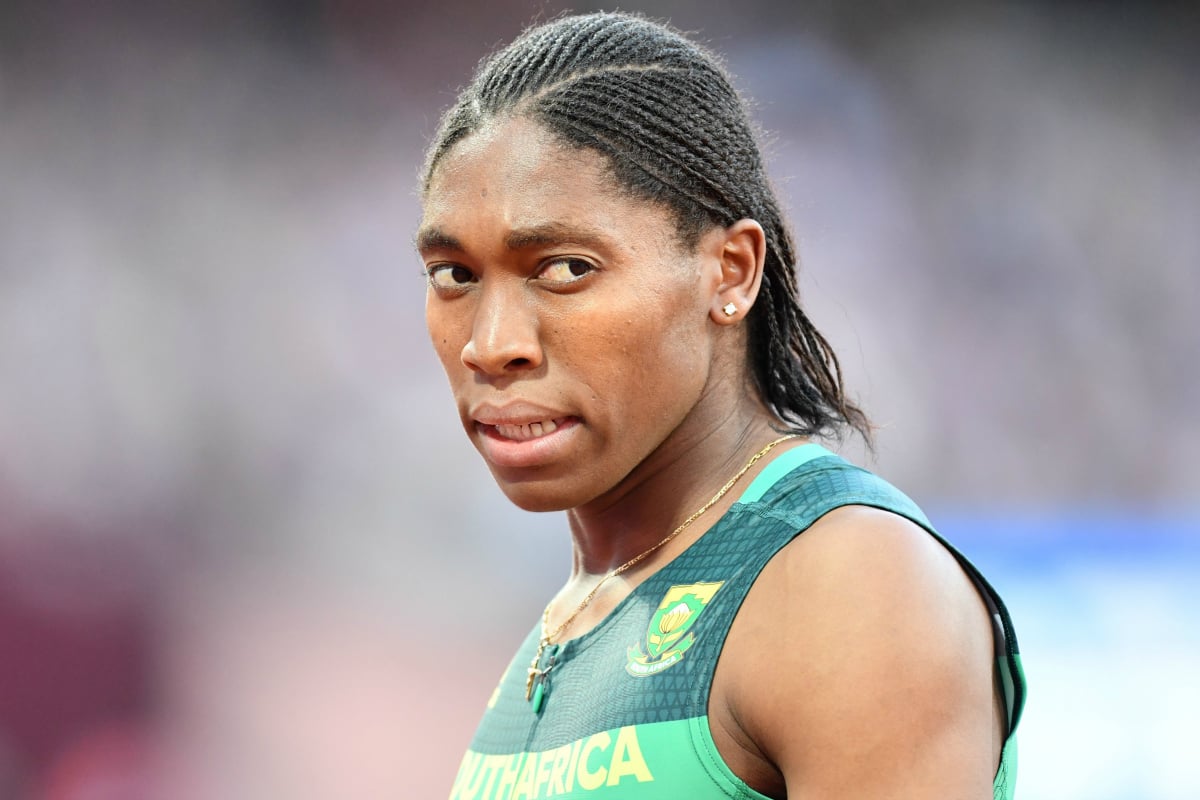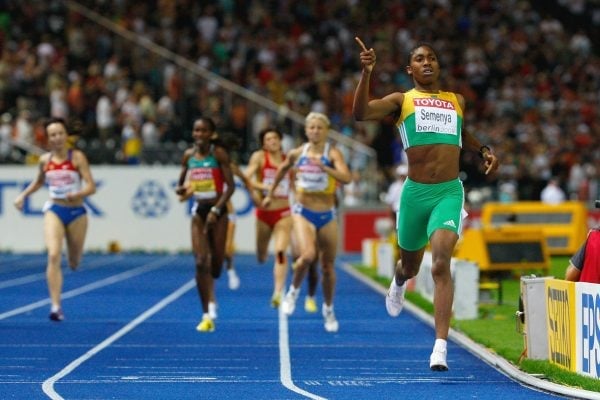
When 800m runner Caster Semenya rocketed across the line to claim gold at the 2009 World Championships, the distance she’d put between herself and the competition provoked as many questions as it did applause. While some commentators and competitors saw an athlete in peak form, others pointed to the South African’s appearance, as if her apparently ‘broad shoulders’ or ‘square jaw’ explained her success.
“Just look at her,” Russian runner Mariya Savinova told media.
Italy’s Elisa Cusma Piccione went further. “For me she is not a woman,” she said. “I am also sorry for the other competitors … It is useless to compete with this, and it is not fair.”
Caster Semenya has since (unintentionally, it seems) become the face of hyperandrogenism: a medical condition that causes a female to produce excessive levels of male sex hormones, including testosterone.
In the world of competitive athletics, it’s precisely those levels that determine whether or not an athlete can compete as a woman. In other words, sporting officials have defined what it means to be – or not to be – female.
Last year, the two-time Olympic champion stood up and formally challenged that definition. And this week, she lost.


Top Comments
Would a male with low/no testosterone be allowed to compete in the women's category? I think the whole debate is missing something very important. It seems that we do not know exactly what makes a male a male and exactly what makes a female a female. Is it possible that we have the whole thing wrong? Is it possible that there are more than two sexes? If someone knows something further about this I would be interested to hear. JB
By this rationale, any biological anomaly that gives a person a distinct advantage, should be accounted for, possibly to the extent of disqualifying the person, right? So then, those NBA basketball guys with their obvious growth hormone problems must be tested, paraded, humiliated for their giantism and then disqualified. I mean, it's fundamentally unfair, and yes, giantism can be controlled and minimised around puberty. Michael Phelps, with his genetic advantage around reduced lactic acid build up, same. He must be forced to do something about it, or be refused entry to competition. It's not fair to the others, this thing he was born with and has selfishly chosen to do nothing about.
This is a hideous way to treat an athlete who has made all South Africans so proud, who came from nothing, as a black, rural, impoverished woman. She was handed what many would feel is a shitty hand in life; she's infertile and happens to be lesbian in a community and culture where that is reviled, often using violence, and yet she is amazing. Shame on whoever thought this was a good idea, and you'd better have a very clear idea of applying this notion strictly fairly across every single athlete in every sport.